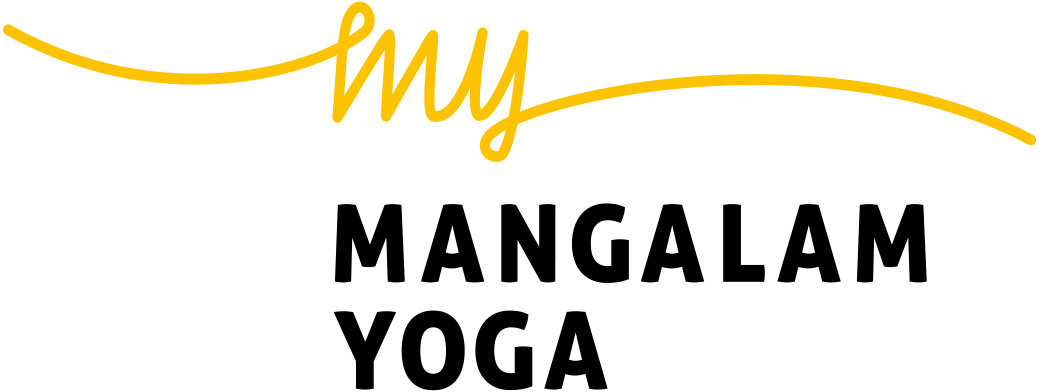Content
For this reason, the value of utility tokens depends on the successful development and adoption of the project’s platform or service. If the project fails to materialize or gain traction, the tokens can quickly lose all value. Token development forms the cornerstone of any successful blockchain project, underpinning its functionality and value proposition. This guide navigates the technical intricacies involved https://www.xcritical.com/ in creating and managing tokens within a blockchain ecosystem. Additionally, ICO development encompasses the creation of a smart contract, a self-executing code that manages the distribution and functionality of the token. This contract is typically deployed on a blockchain platform, ensuring transparency and security throughout the fundraising process.
Understanding the ICO Landscape
Alternatively, they might host an ICO to include a broader range of investors and raise capital for a new blockchain-based product. IPOs usually apply to established businesses that sell partial ownership shares in initial coin offering software their company as a way to raise funds. In contrast, ICOs are used as a fundraising mechanism that allows companies to raise funds for their project in very early stages.
Q. What’s the difference between utility tokens and security tokens in an ICO?
- These developments have the potential to reshape the way start-ups and innovative projects secure funding, democratizing access to capital and fostering continued innovation in the blockchain space.
- Users then send funds to a specified address – generally, Bitcoin and Ethereum are accepted due to their popularity.
- Unlike company shares, these ICO tokens generally do not confer equity ownership in the issuing entity.
- Many ICO projects fail due to mismanagement, lack of funding, or an inability to deliver the promised product or service.
- The issuer registers their offering as a securities offering with the relevant government body, which subjects them to the same treatment as traditional securities.
Telegram was ordered to return $1.2 billion to investors and pay a civil penalty of $18.5 million. In the case of ICO, it doesn’t even have a finished product which means there’s an increased risk but some ICOs have projects that are working and testable products so that’s something to think about when investing. An ICO is not regulated, nothing is stopping from getting the money taken and running off with and it creates a big problem in a lot of rug pool(Developer takes all the money and run away).
Technical Aspects of Token Development
With proper due diligence and cautious judgment, participating in an ICO can be an exciting way to engage with the crypto world. Before participating in an ICO, it’s crucial to familiarize yourself with the regulatory landscape in your jurisdiction. A strong and supportive community can contribute to the project’s success, while poor communication or lack of transparency can be red flags.
An initial coin offering (ICO) is the cryptocurrency industry’s equivalent of an initial public offering (IPO). A company seeking to raise money to create a new blockchain app or service with a cryptocurrency can launch an ICO as a way to raise funds. An Initial Coin Offering (ICO) is a fresh way for businesses to generate funds using cryptocurrency. It is a way to launch a new coin by selling it to investors during a large period. A token creator can sell a bunch of digital tokens for a set price to get the token out into the market and raise capital for the creator or project.
Regulatory bodies around the world are working to establish guidelines and frameworks to protect investors and weed out fraudulent projects. Additionally, consider the market potential of the project and its competitive advantage. Assess the project’s token economics and distribution model to ensure fairness and long-term sustainability. These tokens are usually built on existing blockchain platforms, such as Ethereum, and can represent various assets or utilities within a project’s ecosystem. Yes, Security Token Offerings (STOs), Initial Exchange Offerings (IEOs), and Decentralized Finance (DeFi) lending platforms are alternative fundraising methods that have gained popularity.
Vesting involves a delayed release of tokens to team members, advisors, and early investors over a predetermined period. Many ICOs use smart contracts on the blockchain to automate the token distribution process. These contracts ensure transparency and automatically send tokens to investors’ wallets once the contributions are confirmed. The project team develops a concept, technology, and set of goals for their cryptocurrency or blockchain project. They create a comprehensive whitepaper that outlines these details, explaining the purpose of the project, how it works, the problem it aims to solve, and the team’s credentials. By employing a combination of these marketing strategies, an ICO project can effectively reach its target audience, generate interest, and ultimately achieve its fundraising goals.
Today, Ethereum is the second-largest cryptocurrency by market capitalization and has become a platform for building decentralized applications (dApps). Tokens, especially those that have had successful sales, are usually listed on crypto exchanges. Once listed, new investors who missed out on the token offering have an opportunity to purchase the coins.
This has led to increased scrutiny and the implementation of more stringent rules around ICOs. Early ICOs relied heavily on ERC-20 tokens built on the Ethereum blockchain. But with the launch of alternative smart contract platforms, it is also possible to raise funds and issue tokens on other blockchains as well. Furthermore, a keen focus on security measures ensures the integrity and trustworthiness of the ICO process, instilling confidence in potential investors.
Understanding the mechanics of ICOs is crucial for both potential investors and entrepreneurs considering this fundraising method. A successful ICO requires a compelling vision, a robust whitepaper, a skilled development team, a well-executed marketing strategy, and transparent communication with investors. Create a sense of exclusivity by offering whitelisting to potential investors. Engage in pre-ICO marketing activities to build a strong community and gather early supporters. These developments have the potential to reshape the way start-ups and innovative projects secure funding, democratizing access to capital and fostering continued innovation in the blockchain space. The lack of regulation and oversight in the ICO space has led to numerous fraudulent projects and scams, resulting in significant losses for investors.
Leveraging influencers and partnerships within the blockchain community can also amplify visibility. Regular updates and progress reports maintain momentum and sustain interest leading up to the ICO launch. Initial Coin Offering (ICO) development refers to the process of creating and launching a digital fundraising campaign for a blockchain-based project or cryptocurrency. It involves a series of technical and strategic steps to bring a new cryptocurrency or token to the market.
A strategic marketing plan, encompassing social media, content creation, and community engagement, is vital for generating interest and trust among potential investors. In the dynamic landscape of modern finance, Initial Coin Offerings (ICOs) have emerged as a groundbreaking method of fundraising for innovative projects. These digital fundraising campaigns have disrupted traditional investment models, providing entrepreneurs and visionaries with unprecedented opportunities to turn their ideas into reality.
Advisors need to underscore these contrasts so that clients appreciate the heightened risks. Building a robust technical foundation, including blockchain choice, smart contract development, and security protocols, is imperative for a trustworthy and secure ICO. After the ICO, the project team focuses on delivering the promised product or service, community management, and listing the token on exchanges. While technically possible, launching an ICO without a strong development team is highly discouraged. A competent team ensures the technical viability and security of your project.
For those intrigued by the potential of ICOs, continued education, careful due diligence, and a balanced approach to risk management are key. The world of ICOs and crypto fundraising continues to offer fascinating opportunities for innovation, investment, and the reshaping of traditional financial paradigms. While ICOs present exciting investment opportunities, they also carry significant risks. A thorough understanding of the technology, market dynamics, and regulatory landscape is essential for anyone looking to participate in this space.
This involves the creation of an informative website and a compelling whitepaper, coupled with active engagement within relevant communities. An Initial Coin Offering (ICO) is a fundraising method used by cryptocurrency startups to raise capital. It involves the sale of a new digital token or cryptocurrency to investors in exchange for established cryptocurrencies like Bitcoin or Ethereum. The tokens are typically sold at a discounted price during the ICO phase, with the expectation that their value will increase once the project is launched. Initial coin offerings (ICOs), the crypto version of an initial public offering (IPO), are a way for startups to raise capital through an alternative to traditional financing methods.
One of the most popular ways to raise funds for blockchain projects is through Initial Coin Offerings (ICOs). ICO development has captured the attention of investors, entrepreneurs, and technologists alike. This guide aims to provide you with a deep understanding of ICO development, the steps involved, and best practices to ensure a successful launch. While many fail, several cases highlight the potential success ICOs can have.
This document outlines the project’s purpose, technical aspects, the amount of capital required, how many tokens the project team will hold, the type of money accepted, and the timeline of the ICO campaign. However, this period was also marked by a lack of regulation and oversight, resulting in many fraudulent projects and scams that left investors high and dry. The lack of regulation in the ICO space has made it a breeding ground for fraudulent projects. Investors need to be cautious and conduct thorough research before investing in an ICO to avoid falling prey to scams.






